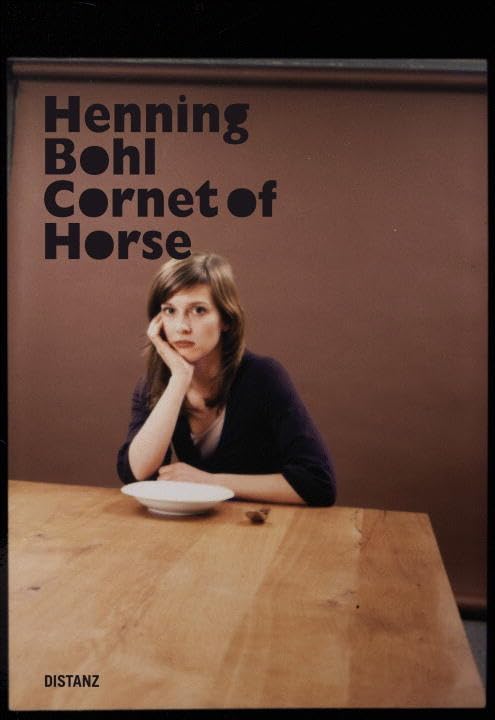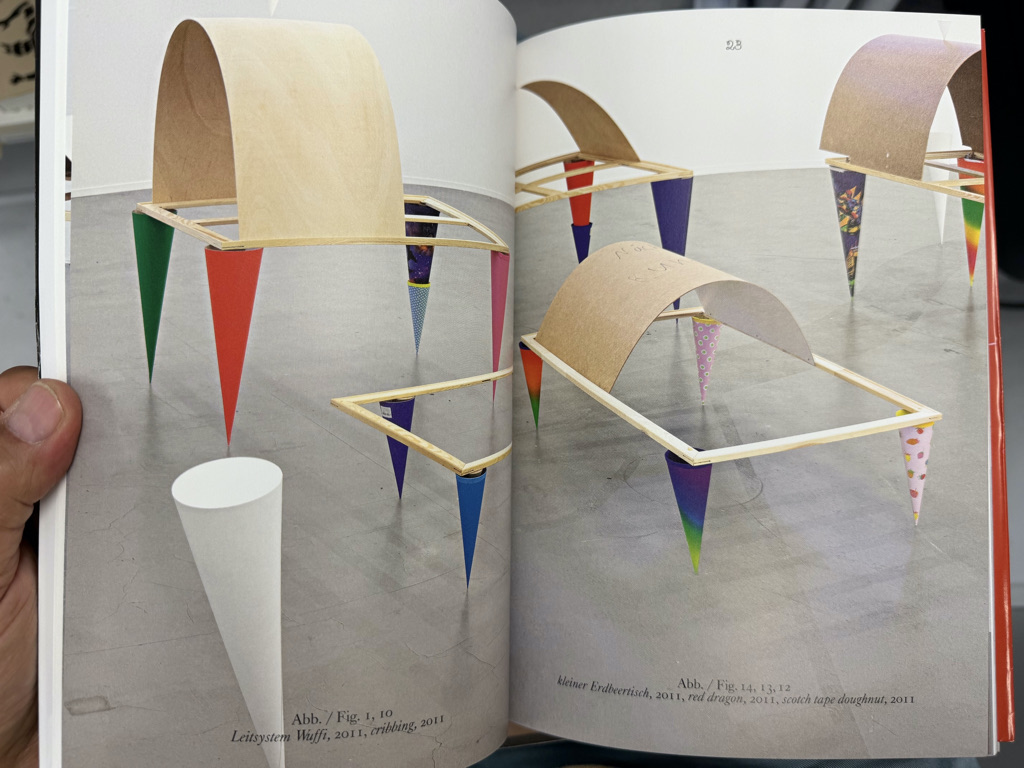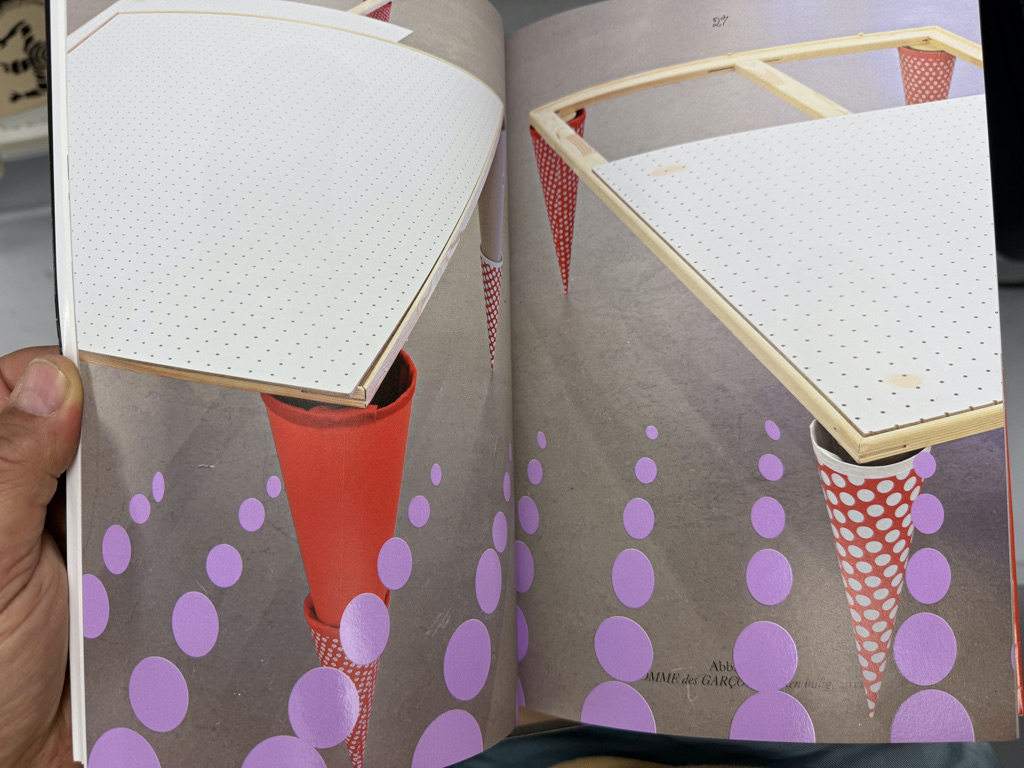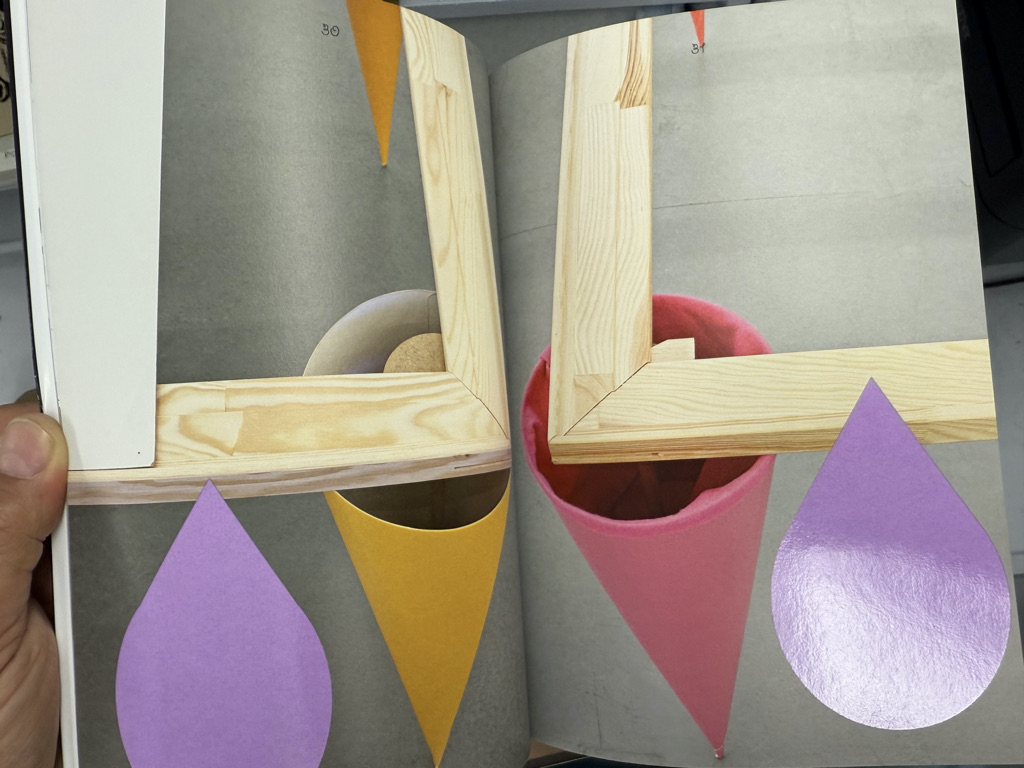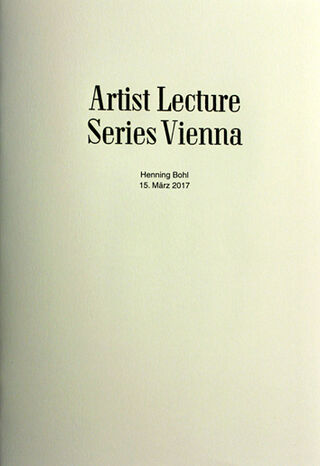Cornet of Horse
Rare BookHenning Bohl’s Cornet of Horse explores the intersection of painting, sculpture, and spatial construction. Known for his use of everyday materials such as wood battens, canvas, or gypsum board, Bohl transforms these into self-referential sculptural elements.
Rather than serving as mere supports for painterly surfaces, the materials themselves become protagonists—integral to the work’s conceptual and physical structure.
The title refers to the traditional German “Schultüte” (school cone), a conical gift given to children on their first day of school. Bohl adopts this culturally charged form as both a sculptural motif and a carrier of meaning. In Cornet of Horse, the cone appears as a base or support structure for canvases and framed elements, resulting in modular and freestanding assemblages that suggest stage sets or exhibition architecture. These fragile, quasi-architectural constructions resist clear categorization and play with notions of functionality, ornament, and display.
Through this series, Bohl addresses the social rituals of education, transition, and identity formation. The school cone, a symbol of initiation into institutional knowledge, is recontextualized as an aesthetic device—simultaneously humorous and analytical. His work invites viewers to reflect on how personal and collective memory can be encoded in form, and how visual language can subvert or exaggerate everyday symbolism.
The Cornet of Horse series was first exhibited at Kunstverein Hamburg and later shown at König Galerie in Berlin. The accompanying publication features large-scale installation views and a critical essay by Manfred Hermes, who situates Bohl’s formal strategies within a broader discourse on appropriation, seriality, and performativity. The book highlights how an object associated with childhood ritual becomes, in Bohl’s hands, a sculptural syntax for questioning both medium and meaning.

